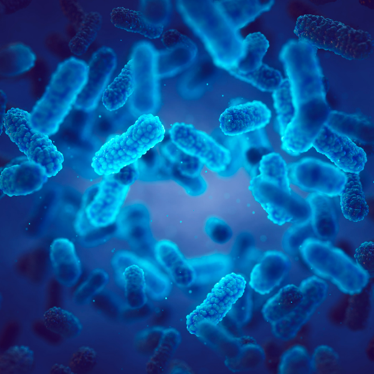
RASHES
The rashes is the term to describe a change in the skin that affects its color, appearance or texture. Rashes may cause the skin to become red, itchy, bumpy, dry, cracked, blistered, or swollen, and may be painful. Rashes can affect localized areas of the body or may spread throughout the body.


CAUSES
The causes of rashes vary widely. Symptoms of many rashes are similar, often making them a challenge to diagnosis. Because the causes are numerous, they are also often difficult to treat. Treatment will focus on relieving symptoms after a sometimes-estimated diagnosis. Often rashes will disappear on their own in several days or maybe relieved with simple lotions and cream.
If you suffer from a rash, Last Name(s) will try to determine the cause by asking questions about what you may have been exposed to and what your family health history entails. Some causes of rashes include:
Contact dermatitis refers to a variety of rashes that are brought on by skin contact with something that irritates the skin, or that causes an allergy. Rashes will generally appear within 48 of the contact with the irritant. A common example of contact dermatitis is poison oak or poison ivy. These plants contain an oil called "urushiol," which evokes a rash-causing allergic response in65-70% of the population. Other common materials causing rashes include soaps, detergents, perfumes, cosmetics, jewellery, certain fabrics, or latex. Usually, rashes caused by allergy or irritants only affect the area of the skin exposed to the rash-causing materials. Symptoms generally include inflammation of the skin, redness, small bumps, itching. Treatment may involve avoiding the allergen that caused the rash, as well as using topical steroids, such as over-the-counter 1% hydrocortisone. The most common bacterial infection is impetigo, which is caused by a staph or strep germs. It is more common in children than in adults and is contagious. The rash may appear as small blister or scabs, with swollen glands nearby. Impetigo is not serious and may go away on its own. If not, prescription antibiotic ointment or oral antibiotics will be prescribed. Viral infections such as herpes, shingles, or chickenpox, are contagious conditions that may produce a rash, generally characterized by red, itchy bumps all over the body. Patients with rashes will usually have other viral symptoms such as nausea, sneezing, and coughing. These infections usually last a few days to a week and go away on their own. Treatment is generally not necessary but may include cream for itch relief. Fungal infection affect the skin and often causes rashes. For more information, see the section of the website "Medical Conditions" and click the "Fungus" link. Other types of skin conditions such as acne, hives, eczema, rosacea, and psoriasis may also cause rashes. See the section of the website "Medical Condition" for more information about these diseases. Contact Dermatitis
Bacterial Infections
Viral Infections
Fungal Infections
Skin Conditions

